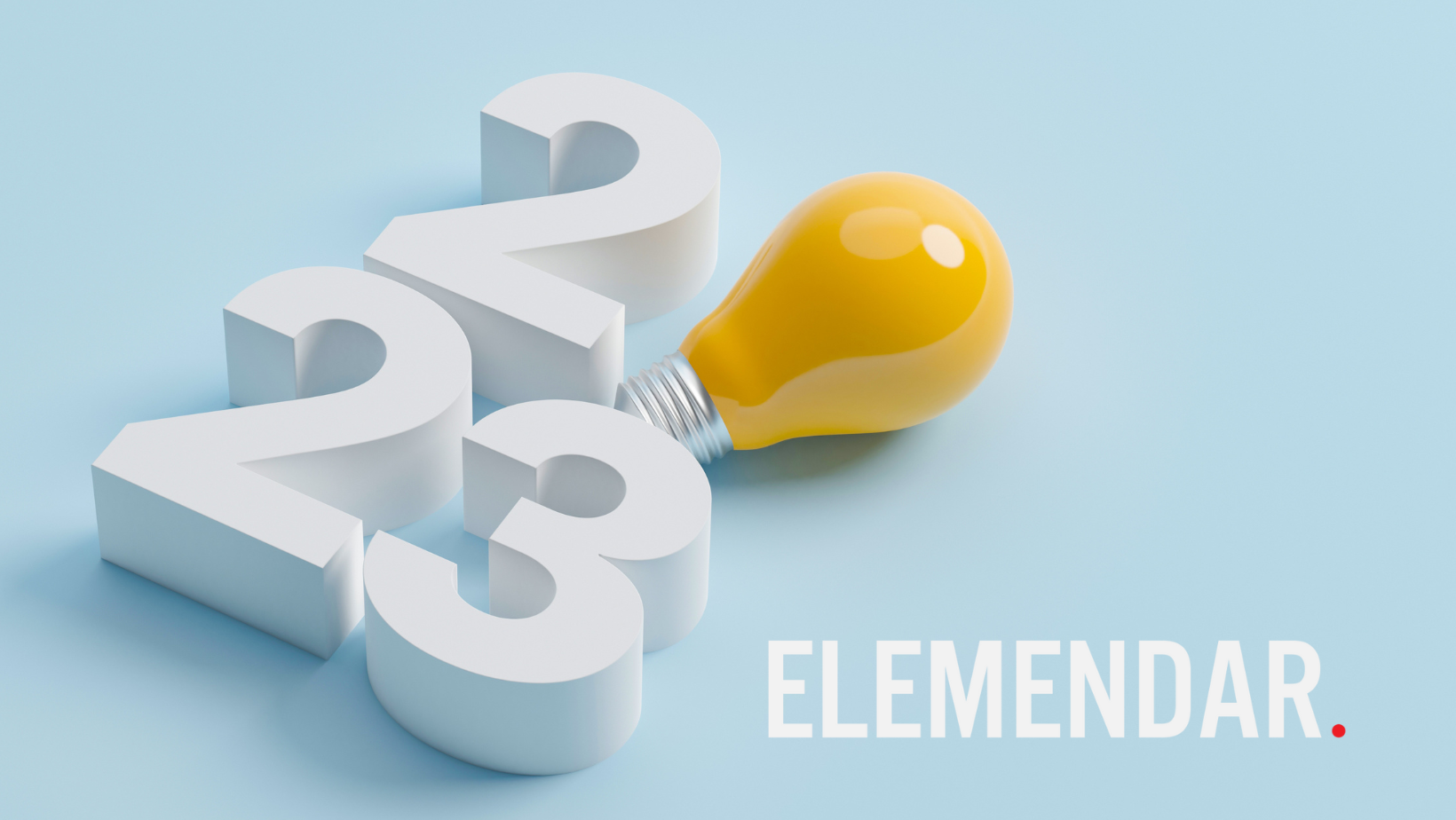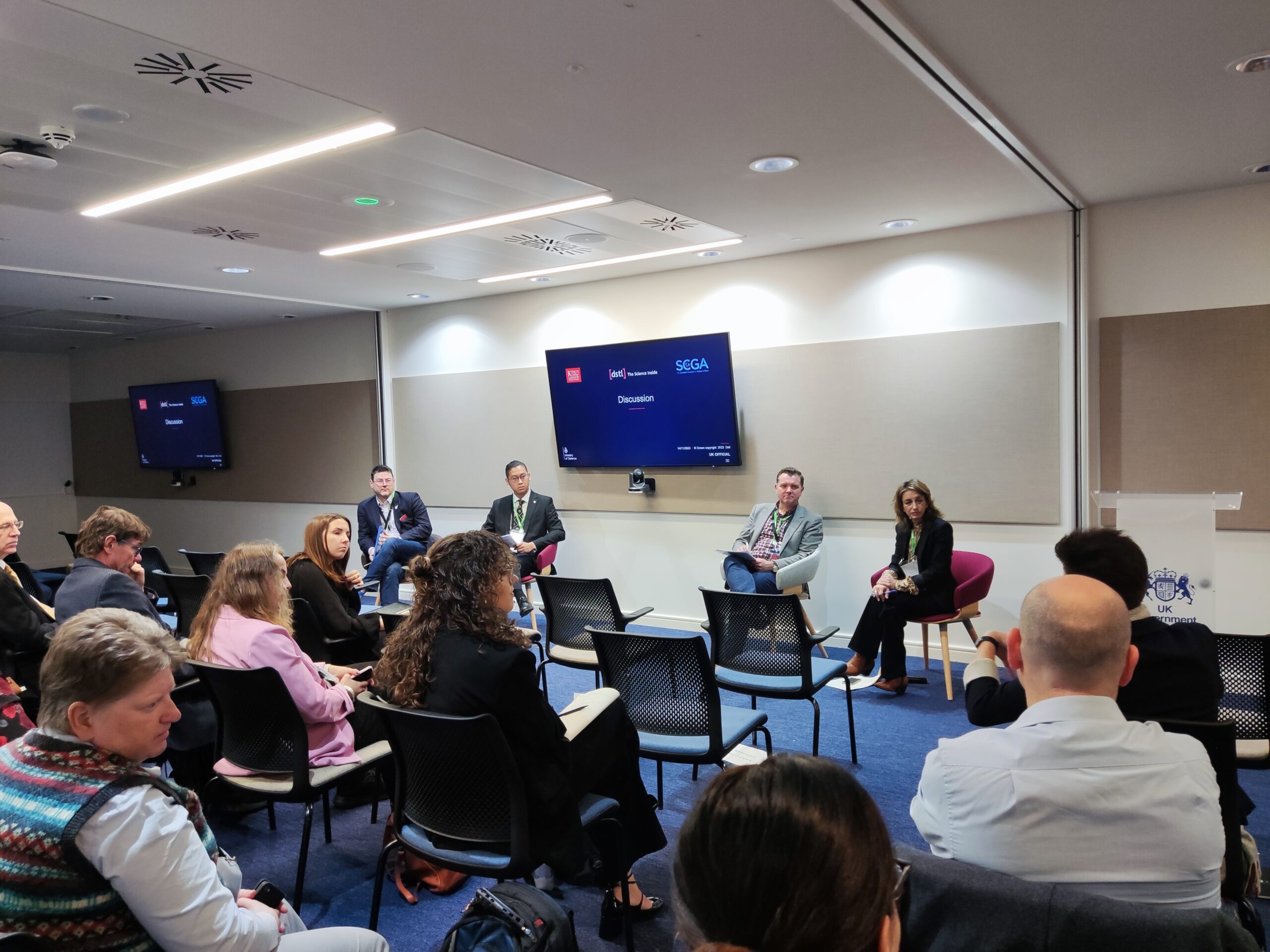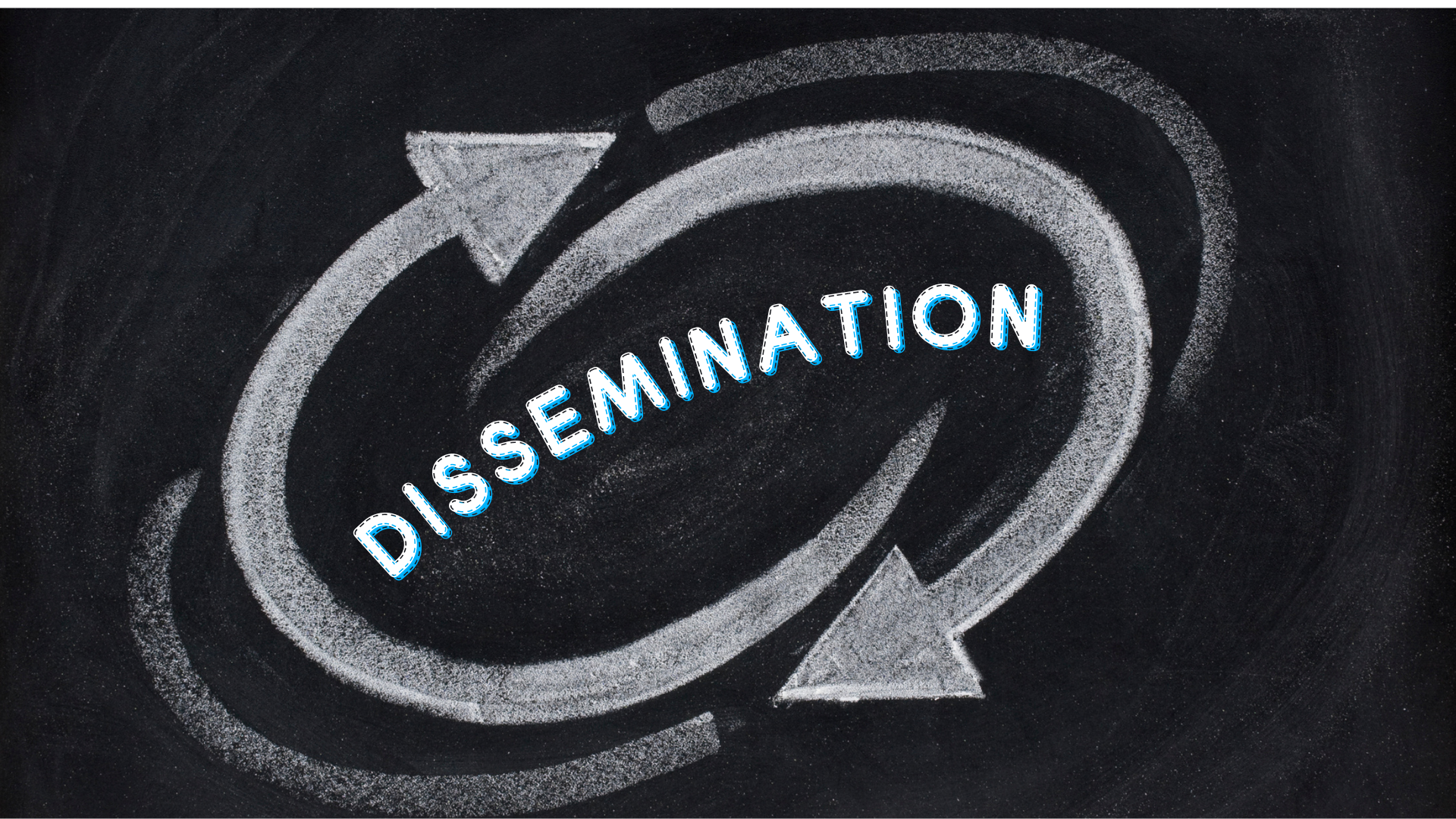There’s is a lot of talk at the moment about the future of disinformation and what changes technology will bring. Artificial intelligence (AI) is dominating the conversation. But it’s not the only show in town, especially when we look to the future of disinformation.
Let’s take a look at the very fringes of the ‘art of the possible’ within the field of disinformation: memetic hazards. What are they? And how could it be exploited by tomorrow’s disinformation peddler? But first, a thought experiment – take a look at the dress below…
Colourful Interpretations

Figure1: White dress or blue dress – how does it look to you?
First seen online in 2015, the dress in Figure 1 became a meme: an internet phenomenon. Some people see a white dress in the image; others perceive the dress as blue. A smaller percentage of people see a white dress turning blue.
There are various explanations for why people see the same dress differently, and we could dismiss it as a quirky anomaly. But the white/blue dress phenomenon can take on a borderline sinister quality if we imagine the image was posted to undermine the concept of trust in a target audience—one of the main objectives of disinformation.
From Memes to Memetics
At its core, the dress image illustrates differing perceptions that call into question our consensus reality. If you see the dress as white and your friend told you it’s blue, how would you react? Did you question your own ability to discern colour correctly? Or did you wonder if your friend was lying, trying to hoodwink you into believing that 1+1 equals 3?
Now imagine you’re part of a community or team that relies on a high level of trust to function, such as a military or policing organisation. As expected, your fellow group members show the same difference in reactions to the white/blue dress. But what does that say about your team? Can you really trust the cohesion of a team that can’t even agree on the colour of a dress?
Memetic Hazards 101
Figure 1 and the associated thought experiment illustrate a memetic hazard, which can be defined by the following criteria:
- A memetic hazard is visually received by the audience.
- It stimulates a strong physical or psychological response.
- That response will fall within a narrow but polarised range of possible responses (e.g. a dress being interpreted as either white or blue).
The third criterion is what separates the image in Figure 1 from most memes. Typically, image-, music-, or phrase-based memes readily conform to points 1 and 2 but usually lack the acute polarising effect of point 3.
Although this polarising effect is required for all effective disinformation, it’s an acute requirement for memetic hazard. This is because there’s only one chance—when the audience receives the message—for the disinformation peddler to influence their audience.
The Potential of Memetic Hazards
Although the ambiguity surrounding the true colour of the white/blue dress may be memetic (exhibiting a meme-like quality), it’s not a hazard, because the effect is mild. Having shown the image to a military and policing audience, we can vouch for the immediate effect of the ambiguity as one that was strong but temporary. The audience quickly contextualised the phenomenon as little more than a party trick.
But the dress image does showcase how memetic hazards differ from memes and how they could be developed in the future. Russian disinformation peddlers certainly see their potential to wage effective information warfare.
This is clearly explained in a 1999 text on psychological warfare leaked from Russia’s GRU military intelligence agency. In the document, Russian planners described the potential they saw in a mythical, but possibly viable, information weapon dubbed virus666. They claimed it could manipulate the ‘psychological state of owners of personal computers’ infected by virus666. The vehicle of manipulation? A special colour scheme and frame rate that could induce ‘hypnosis [and] near death’.
The description of virus666 sounds a lot like the cause and effect of photosensitive epilepsy, if that condition could affect a much broader range of victims – essentially, anyone whose computer is infected with the virus. Although the potential effect of virus666 is obviously far more severe than that induced by the white/blue dress, the core requirements for a memetic hazard are present: visually received and producing a strong response that falls within a narrow range of responses.
Virus666 also sounds remarkably like the carrier wave of David Cronenberg’s science fiction/ horror classic film ‘Videodrome’. In the world of the film, viewing pornography that has embedded subliminal messages leads to a fundamental and catastrophic breakdown of reality for the victim.

Figure2: Memetic hazards in science fiction
Realistic Possibility or Total Fantasy?
Virus666 is certainly not an isolated example of science fiction merging with reality in the minds of senior defence planners. Star Wars, MKUltra, and Stargate Project are just three examples of fantastical projects that were allocated serious sums of money from the highest levels of government. Ultimately, none of them represented anything more than the equivalent of vapourware within the context of the Cold War. Are memetic hazards the same kind of conceit, or a realistic possibility?
To answer this question, let’s consider two of the main factors that could support memetic hazards becoming a reliable, repeatable way to spread disinformation.

What Lies Ahead (Hazarding a Guess)
Based on the current trajectory, we judge memetic hazards to be mostly science fiction, with a very outside chance of manifesting into tangible reality. Regardless, the thought experiment has highlighted that AI isn’t the only thing that could influence the development of disinformation in the future.
Although memetic hazards might be the stuff of fantasy, the aspiration embodied in the virus666 concept is very real, and it’s not specific to members of Russia’s GRU (whether they truly believe in the viability of memetic hazards or not). Just as conceptual ideas have led to projects like Star Wars, memetic hazards will continue to factor into the aspirations of disinformation peddlers for some time to come.








